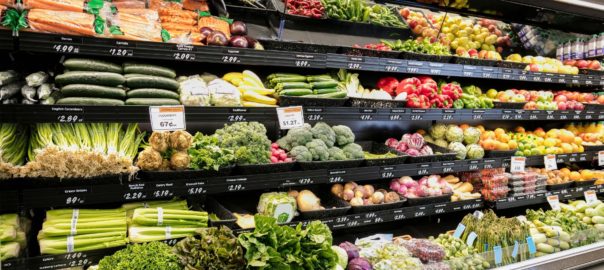Grocery stores are really good at finding ways to convince you to buy more than you need. One it helps them make more money because you’re spending more. Two it helps them save money because if they pass food waste onto you, the consumer, they don’t have to pay for it.
It’s a sad fact that approximately 40% of what is sold at the supermarket winds up as food waste in one way or another.
Seven grocery store tricks you should be aware of
Here are some of the top tricks grocery stores use to convince you to buy more than you actually need:
1. They do their best to overload your senses 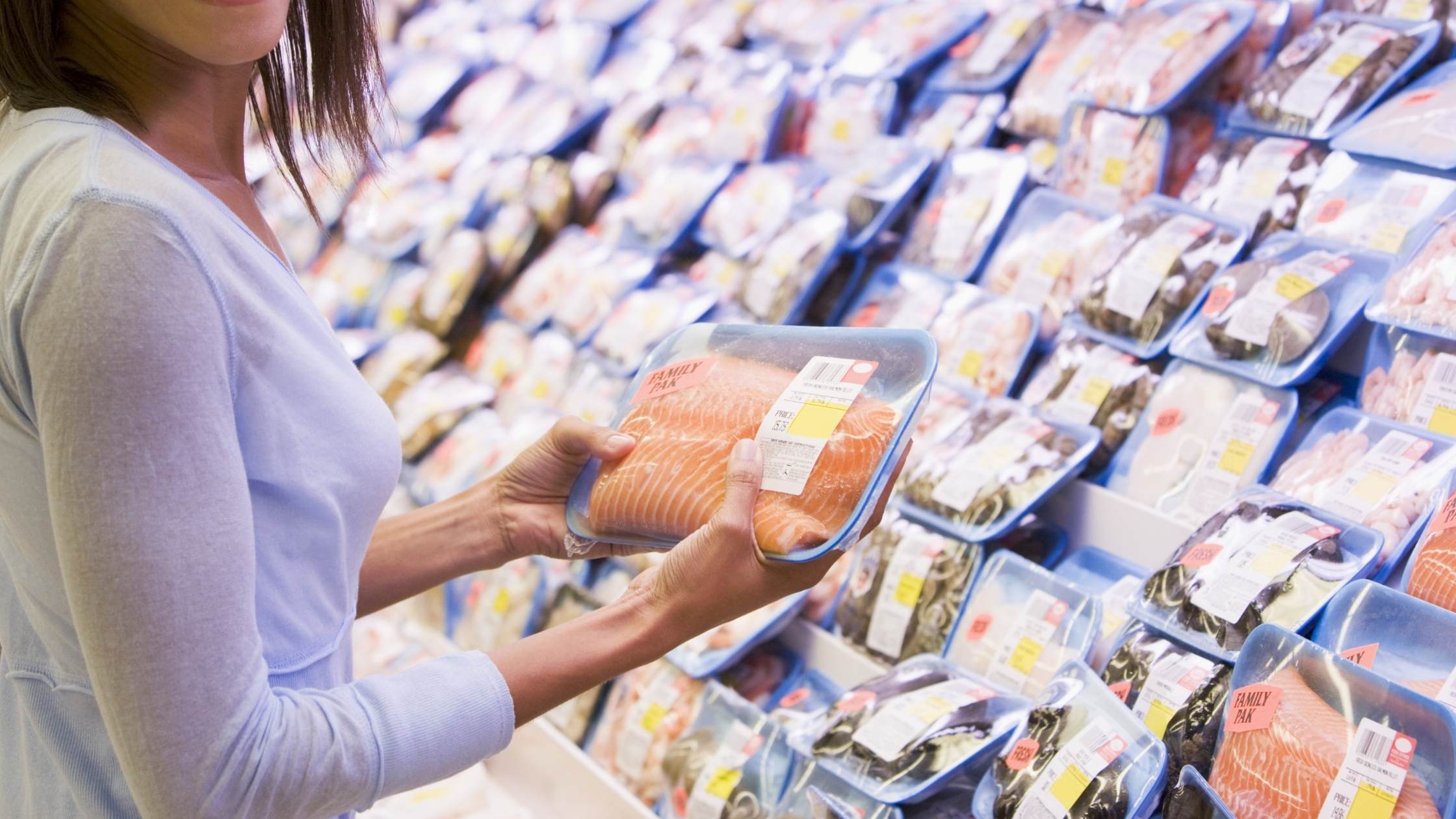
A curated soundtrack, smells from the bakery or meat department (why else are they cooking samples as you walk by), special lighting. In the fish department the lights can be slightly more blue to make the fish look fresher, in the produce department the fruits and veg are lit so they appear as bright as possible. This creates a form of fatigue that can potentially lead you to buy more.
2. Grocery stores like using big grocery carts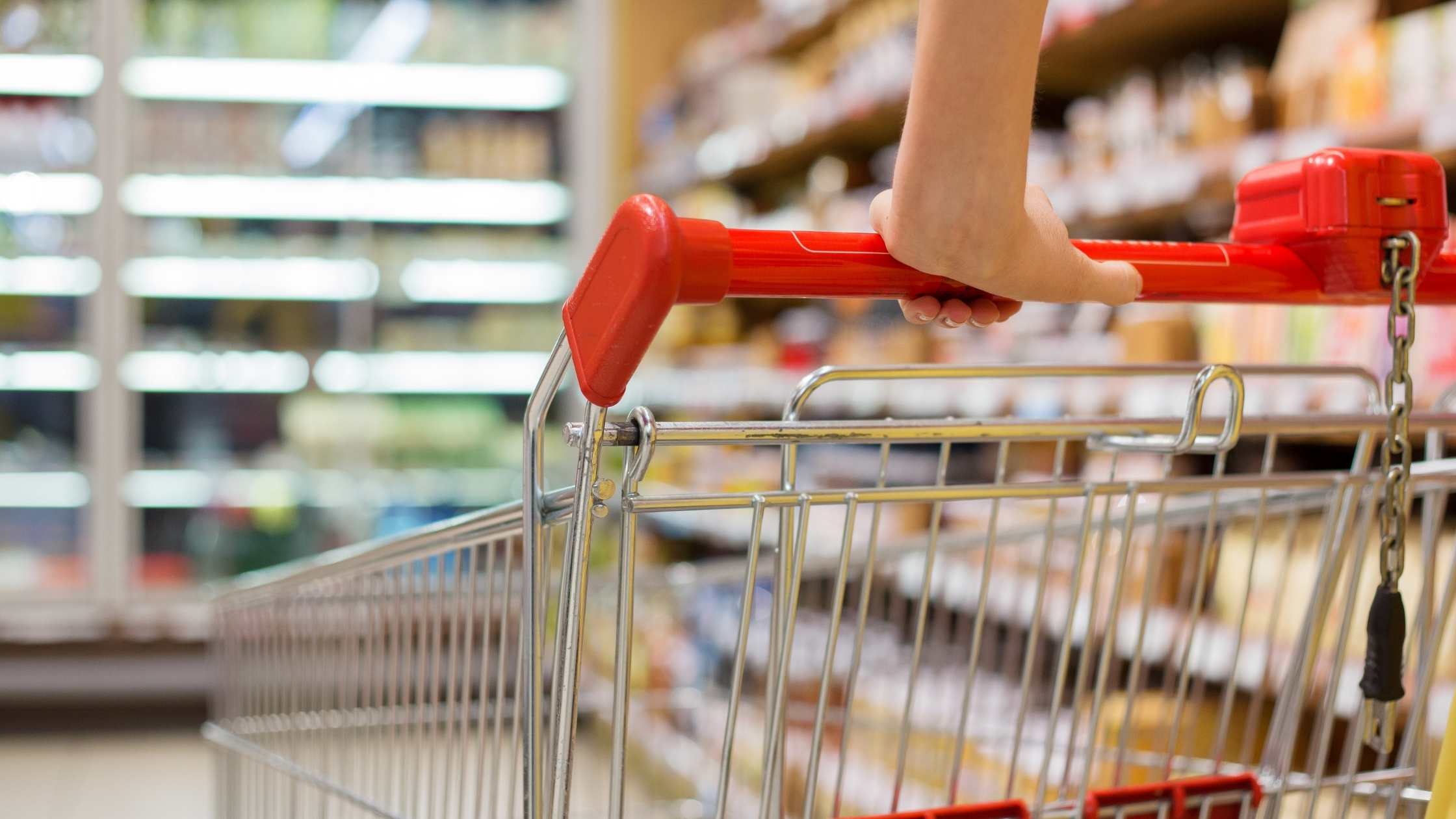
Just like with a dinner plate, the bigger it is the more you feel you have to fill it up. Some grocery stores do have a small cart option. And others have a basket. Before you walk in the store think about how much you’re planning to buy and what size container you actually need.
3. Per unit pricing varies dramatically per ounce, per serving, per pound, etc.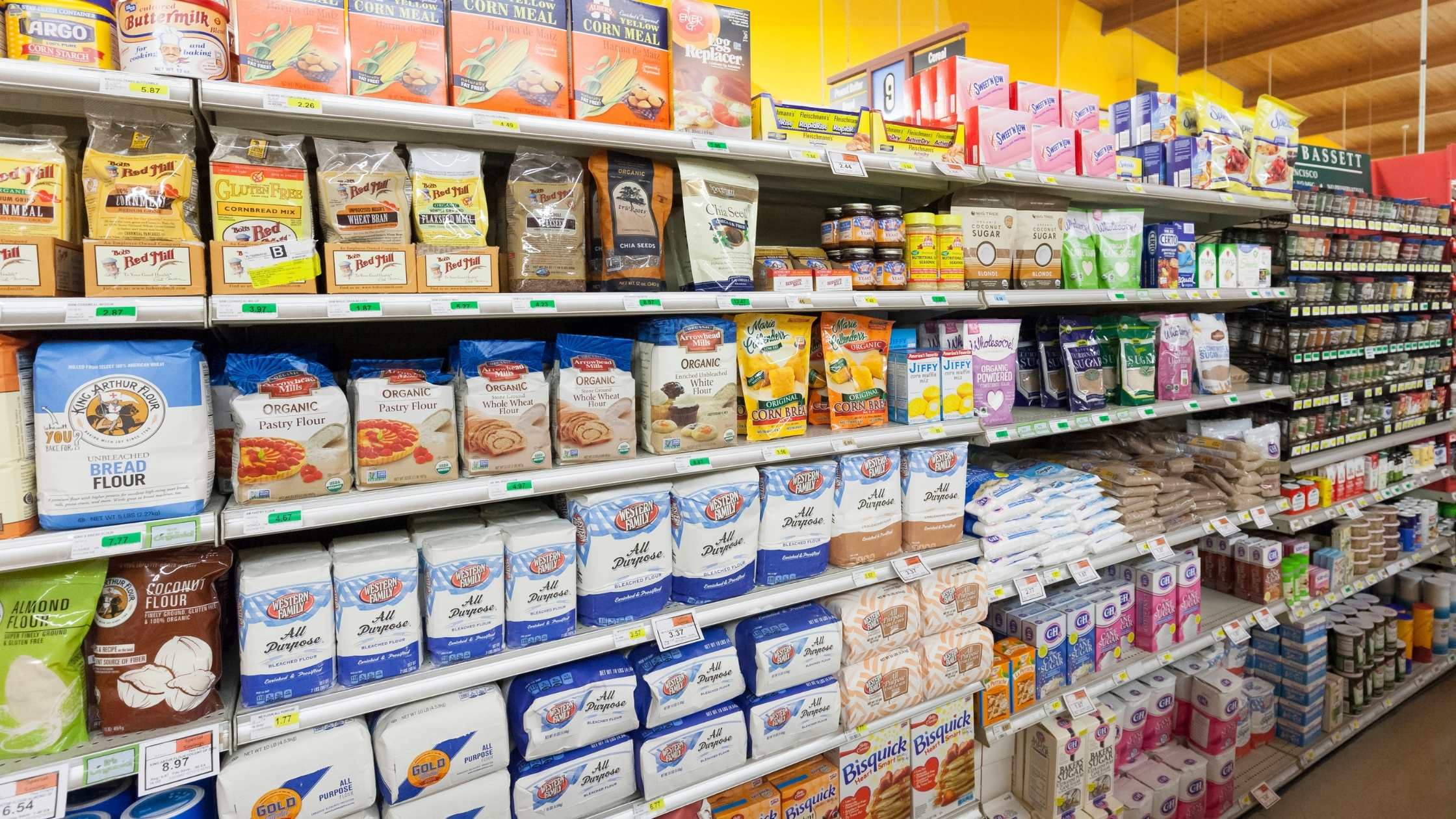
All of which is designed to make it very difficult for you to figure out what’s the best deal for you. Plus many people think that the larger package always costs less per unit and so they buy that out of habit. Grocery stores use this false thinking to sell you more than you need. If you can’t easily figure out the prices you may simply grab the larger package and the extra winds up in your trashcan. Don’t automatically assume the bigger container is the better bargain.
4. Fake deals are a huge strategy.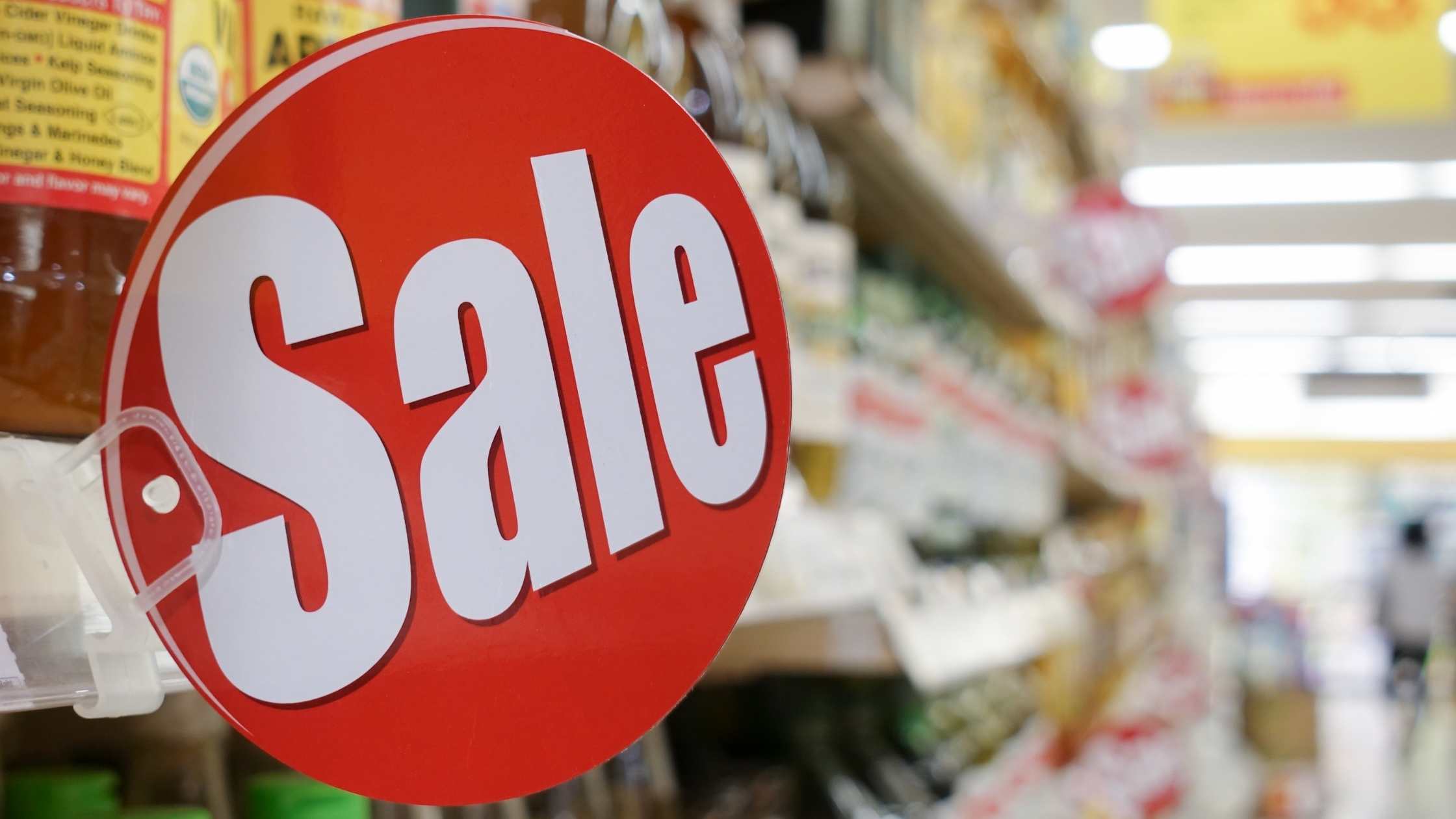
The grocery store runs a 10 cans for $10 or something similar. You are led to believe that means you have to buy 10 cans. Sometimes bulk pricing deals do require you to buy the number of units they’re offering, but often they don’t. Take the time to look clearly at the label and figure out if you need as many as they’re offering or if you can just buy a smaller number.
5. Product creep is another popular strategy the grocery stores use to convince you to spend more money.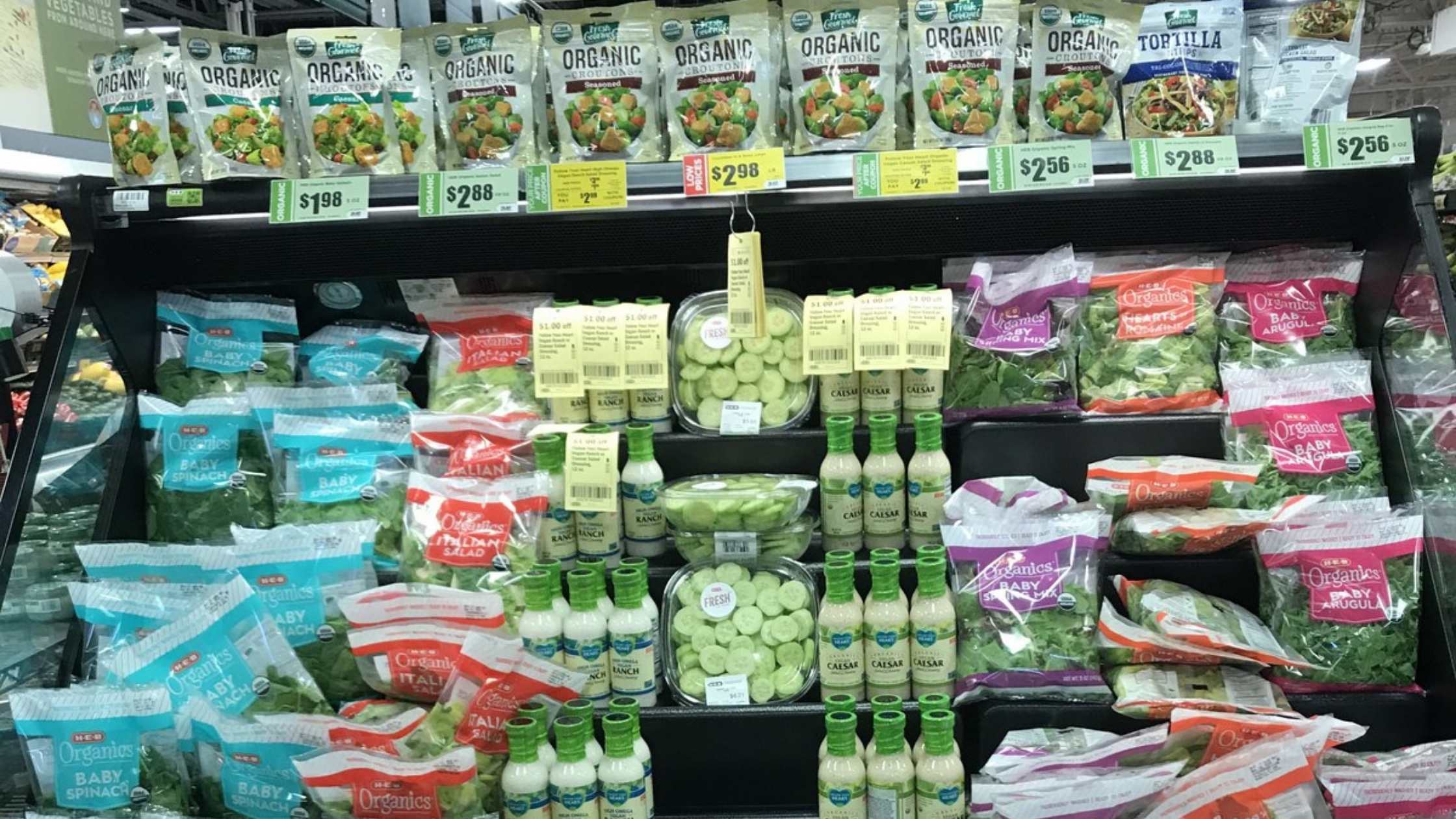
They place items that don’t belong in the section they’re in, for example whipped cream and spongy little air cakes next to the strawberries in the produce department. This is to create a suggestion that you should have these things together. That would be why salad dressings now appear in the produce section and barbecue sauces and seasonings now show up in the meat department. Think about what you really need and don’t buy it simply because they’ve grouped it together.
6. Product placement is key.
In fact grocery stores charge more for premium placement which is at eye level in the middle. Less popular brands or items that may not be used as often are either at the very bottom or the very top. The best way to deal with this strategy is to know what you’re looking for and specifically shop for that rather than being distracted by the premium placement items.
7. The checkout aisle is a great way to convince you to buy more.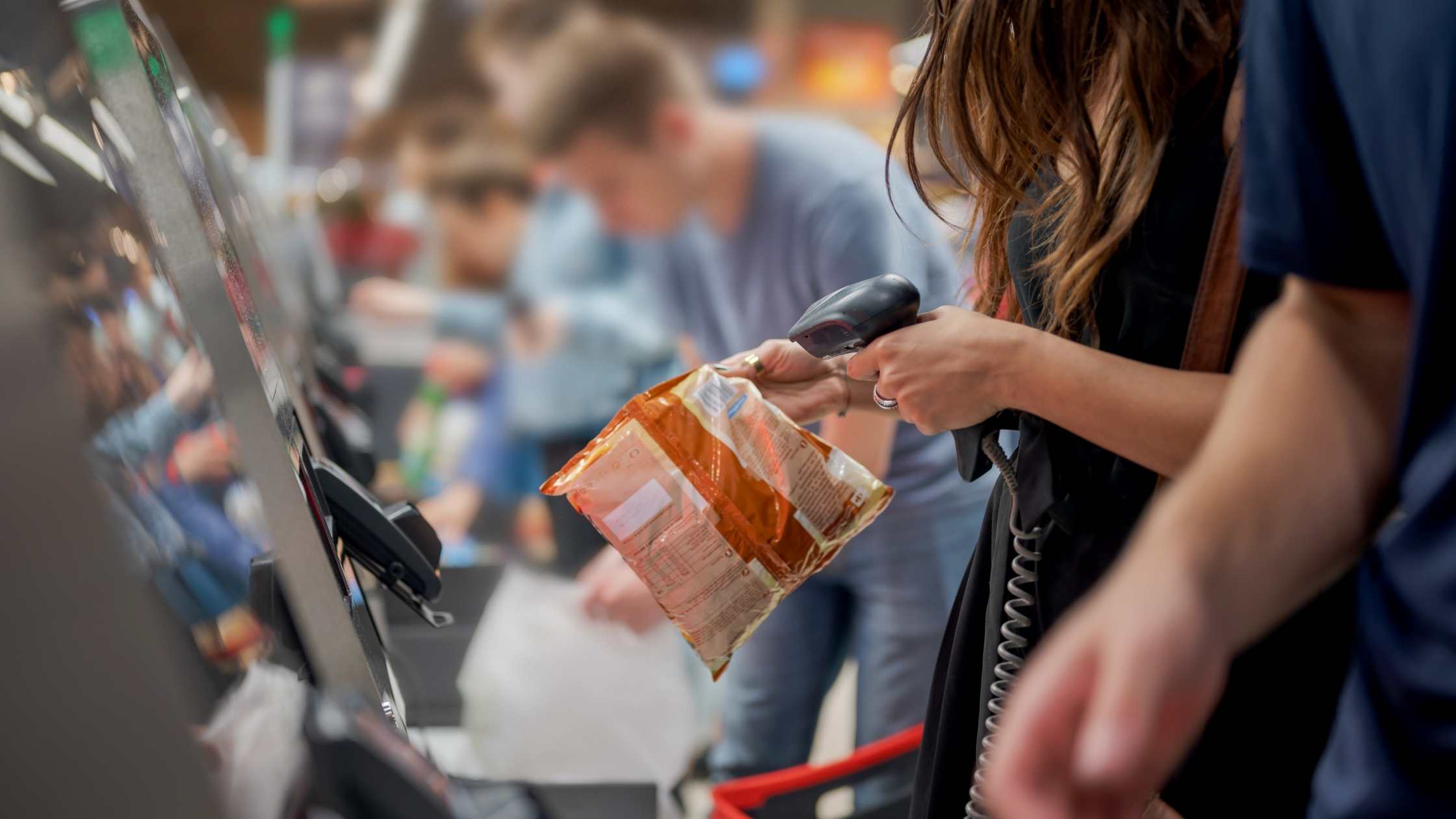
Nowadays it’s not just candy. It’s electronic devices, smaller units of over-the-counter medicines, which because it’s a smaller unit are often more expensive, and toys. While you’re standing there in a very long line, tired from the decision fatigue of going to the grocery store and dealing with all of their enticing strategies, it’s easy to fall prey to purchasing a drink, a treat, something. Being aware of this grocery store sales strategy can make it a little bit easier to resist temptation.
As always, you probably know this, don’t go to the grocery store when you are hungry. If you have to run to the grocery store last minute and you are hungry, I encourage you to be in the habit of having a protein bar or a bag of nuts for a quick protein snack. Not a meal, just enough to help you not overbuy at the grocery store.

